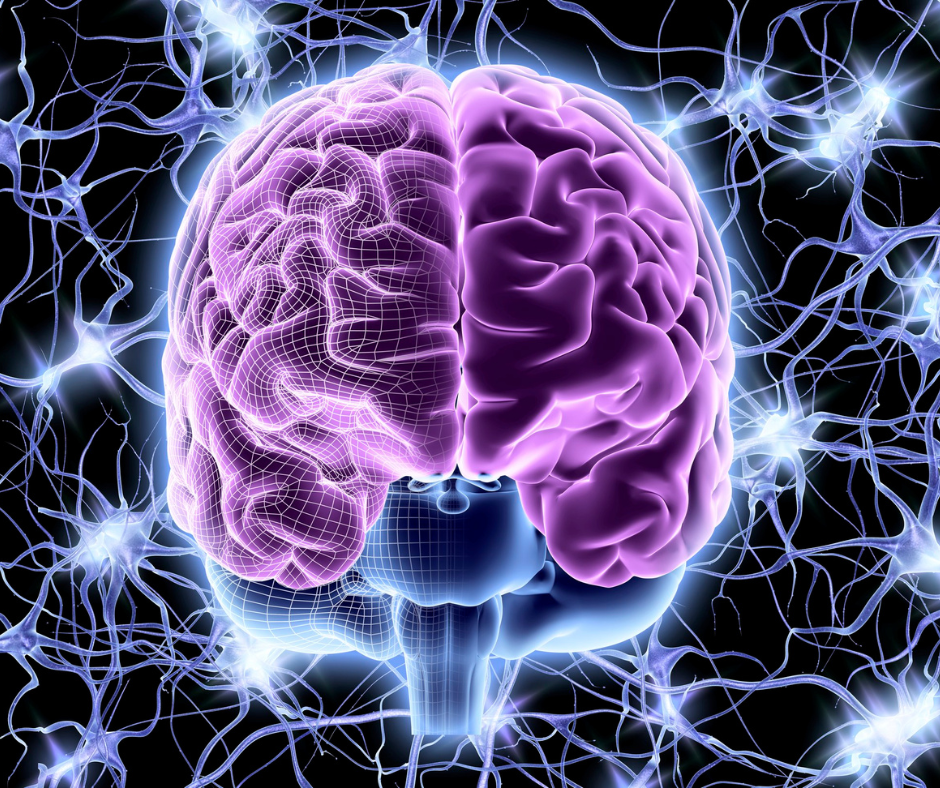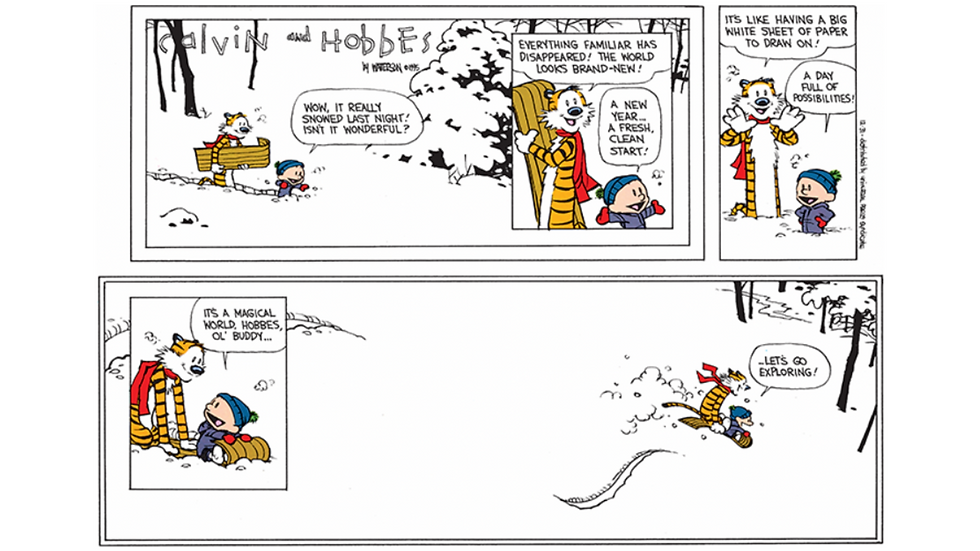Background Knowledge - Learning to Read and Reading to Learn
- Julie Feyereisen

- Nov 28, 2023
- 6 min read
Background Knowledge

Picture this… A parent watches their child sitting in a chair reading a book. The little girl has a book open and is reading about horses. She is learning to read with great interest. She comes to a word she has not seen before in print. She knows she can decode the word. Palomino. She uses her knowledge of syllable types and vowel and consonant sounds to read the word. But this is where something happens that is not detected by the parent. The child uses something that has to do with her language comprehension to make sense of the word in front of her. She uses her background knowledge! You see, she already knew some things about horses. Hence, the reason she chose to read the book in the first place. In fact, she LOVES to learn about horses and wants to own one someday. Growing up on a ranch she has heard so many different words associated with horses. Going to the rodeo she has even seen many different types of horses. She has heard the word Palomino but never seen it in print. She also knows that this type of horse varies in color between golden yellow and cream. She brings this knowledge of horses to the text and as she reads the word Palomino it has real meaning for her. She has just activated her background knowledge to bring her previous experiences to life and give additional meaning to the word she sounded out. This background knowledge helps children to understand what they are reading and make connections to what they already know. This is one of the goals of reading.
In the realm of reading, background knowledge is defined as a reader's understanding of the concepts, situations and associations with the words encountered in text. Scientifically speaking, every time we create an association to a word, we create a new neural pathway associated with learning. Let’s explore an example of this.

Let’s say we have a child who is consciously and unconsciously learning about vanilla. We’ll call her Savannah. Savannah is making vanilla sugar cookies with her mother. As her mother reads the recipe, Savannah helps grab the ingredients. She knows the vanilla is the bottle with that dark brown liquid. She notices it has a strong scent as she pours a teaspoon in the mixing bowl. Her mother mentions that this vanilla comes from Madagascar. Savannah remembers the funny cartoon movie Madagascar but isn’t sure where that is. So, when she takes the cookies to her Grandpa’s house that evening, she asks him where Madagascar is. He pulls out an atlas and shows her it's on the other side of the world. The next day at school her class is watching a National Geographic show about primates. Part of the program is about lemurs which live in Madagascar. Savannah remembers the funny movie, the map her grandpa showed her, as well as making and eating the vanilla sugar cookies. When she comes home from school she smells a warm scent in the air. She asks her mom what it is. Her mom replies that it’s a vanilla scented candle she got at the store that day. In a very short time Savannah has made many associations to the word vanilla but she has never read it. She has seen real vanilla while making cookies. She tasted it while eating the

cookies. She knows vanilla comes from Madagascar and that Madagascar is on the other
side of the world. She knows that lemurs are also from Madagascar where vanilla grows.
Oh, and there is a really funny movie named Madagascar. The very next week is Savannah’s
brother's birthday. She asks her mom if she can help make the cake. Her mom agrees and suggests she start reading the recipe. As she does, Savannah comes across the word vanilla. She easily sounds it out and reads it to her mother. Because of all the neural associations she has to the word vanilla, Savannah will always read the word with ease.
I like to think of it as what your child “brings to the table” when they are reading anything. Individuals who bring background knowledge to the text, rather than only what they are reading in front of them, have a far greater chance of comprehending what they read. It cements and anchors their learning in a way nothing else can. A child can sound out words all day long, but when they attach meaning to the words they sound out, this is where true learning and comprehension happens.

Learn to Read & Read to Learn
In the beginning of their reading career, the first goal is for a child to ‘learn to read’. As they progress through school, the goal changes. The new goal is to ‘read to learn’. If a child knows things about what they are reading, they are far more likely to understand what they read. Let’s take for example, a young boy who has grown up in a family who loves soccer. He has watched his older siblings play. He has seen games on tv where he’s heard the announcer calling out the game play by play and can associate the words he’s heard with the actions of the game. He’s also listened to his family discuss it around the dinner table. This young boy has a lot of contextual or background knowledge of the sport of soccer. However, he has yet to read and associate those auditory words with their actual text on a page. As he begins to read a book about the game of soccer, words like ball, foul, pass, goal, and soccer, leap off the page for him. Because of his background knowledge, these words are cemented into his understanding making his comprehension of the topic ever more real. Now, any time he sees these words in the future, he will read them easily.

Foundations of Background Knowledge
Long before a child is given a book to read or asked to sound out a word, that child can be exposed to background knowledge associated with that word. Parents can help to build large foundations of background knowledge for their child. This may seem so simple but it is an easily overlooked principle in the reading process. Parents can do much to help this skill be developed in their child.
Here are 3 simple steps a parent can take to increase their child’s background knowledge.
Talking to your child
From birth, children begin to associate sounds to words which are associated with things, actions, and more. We should never choose not to use a word just because we think it may be beyond their understanding (even if it is). One great idea is to talk to them about what you are doing. Use all the words that describe what is going on. If you are making dinner, talk about the cutting board, the utensils, the saucepan, etc. Explain to them WHAT is happening around them. For example, mincing onions, dicing tomatoes, soaking rice. The whole experience becomes richer for the child and background knowledge and vocabulary are built with this simple activity. The dinner table conversation can also be a valuable tool to enhance background knowledge.

Reading to your child
Exposing your child to many different genres is so valuable in their learning experience. Read a lot to your child from many different types of books. Read fantasy, nonfiction, historical fiction, poetry, plays. Listen to audio books. Give them as much exposure to different types of texts as possible. Have magazines like National Geographic, Popular Science, Discover, History Channel, Highlights, Reader's Digest, Ranger Rick, Mother Jones, and many more all around them depending on their interest. In fact, stores like Barnes & Noble or the library are a great place to look through magazines without having to have lots of subscriptions. Books and magazines provide a wealth of information for their young minds.

Watching with your child
Do you remember being in school and your teacher said you were going to watch something? The whole class got so excited that they got to learn something other than from a book. Documentary style learning is an amazing way for children to experience visual and auditory learning at the same time. Documentaries are filled with knowledge on all sorts of subjects. While channels like National Geographic, Discovery, and the History Channel are filled with information to help them make connections in their world, now there are even more on Amazon Prime Video, Netflix, and YouTube. The options are almost endless for children these days. It’s also a great way to bond with your child. You may even learn some new things yourself. Plus, continued discussion over dinner is a way to test what they are learning, help expand their vocabulary, and identify real interests they have. Have fun with it!

All of these activities will provide your child with priceless background knowledge. With this growing knowledge, they will “come to the table” of learning to read with so much more. This will place them at an advantage to their fellow classmates. Remember, you can do so much for your child to help them read at or above grade level. It all starts with helping them increase their background knowledge.
Everything you do with your child can be a learning experience and help build background knowledge. The more you read, talk, and learn with your child, the more knowledge they will bring to the table whenever they read new things. This will help their reading comprehension tremendously. While I have listed some great suggestions, don’t forget to get out there and live it. Go to museums, get out in nature, do things for which your child has real interest. In the immortal words of Calvin from Calvin & Hobbes by Bill Watterson… “LET’S GO EXPLORING!”




Comments